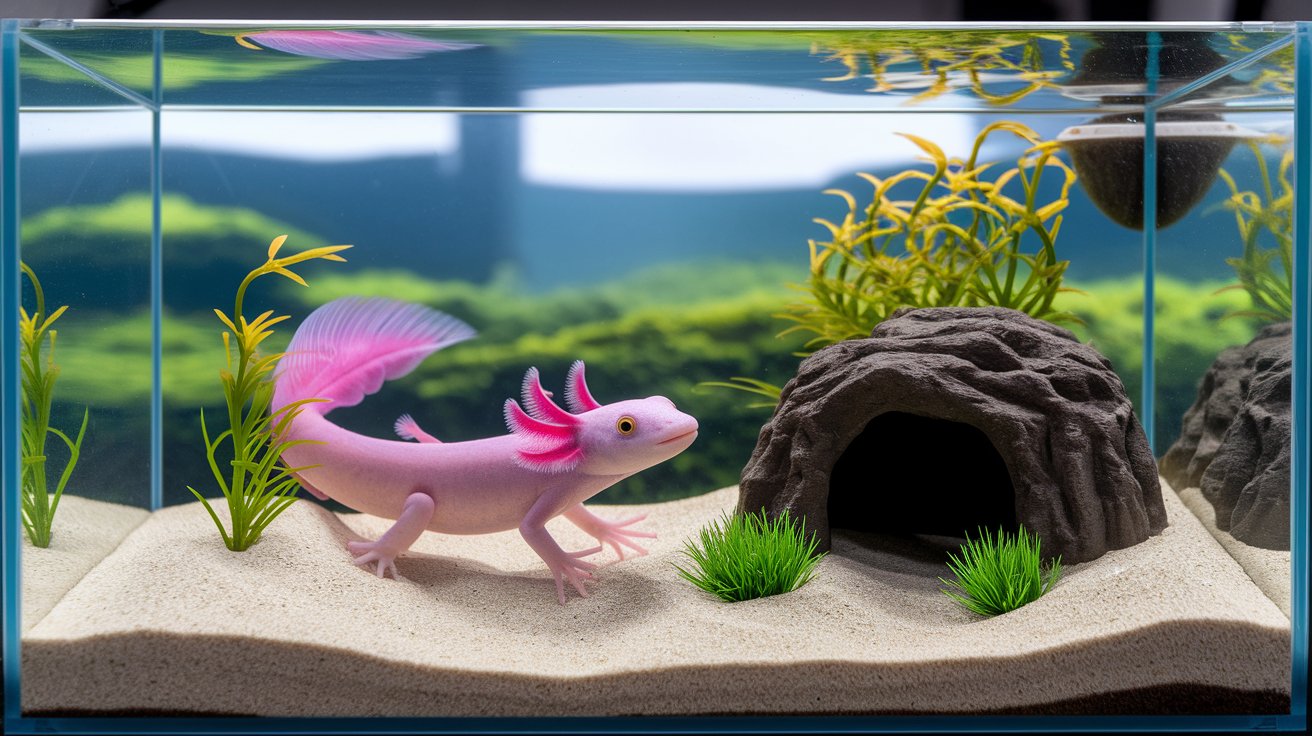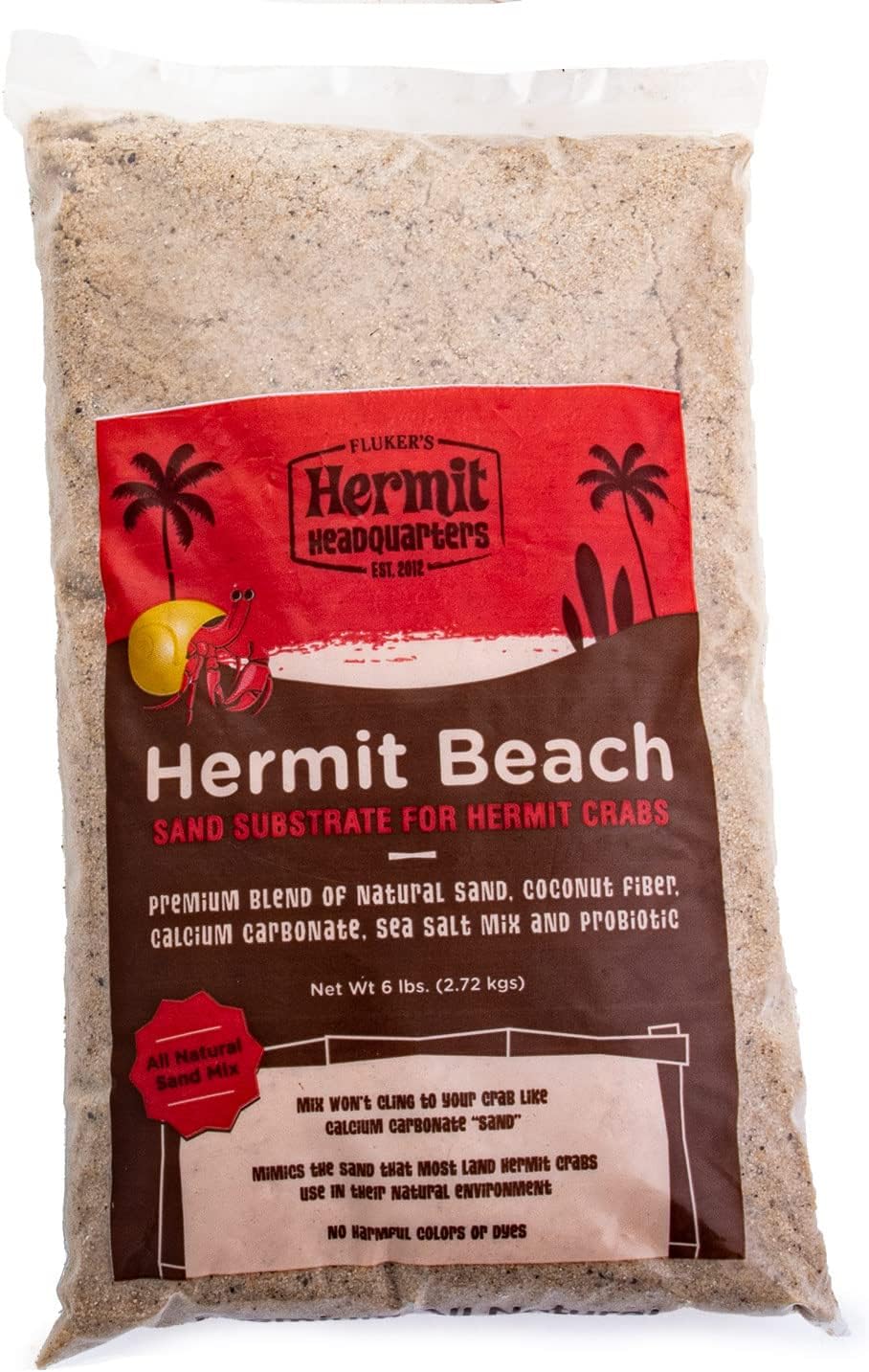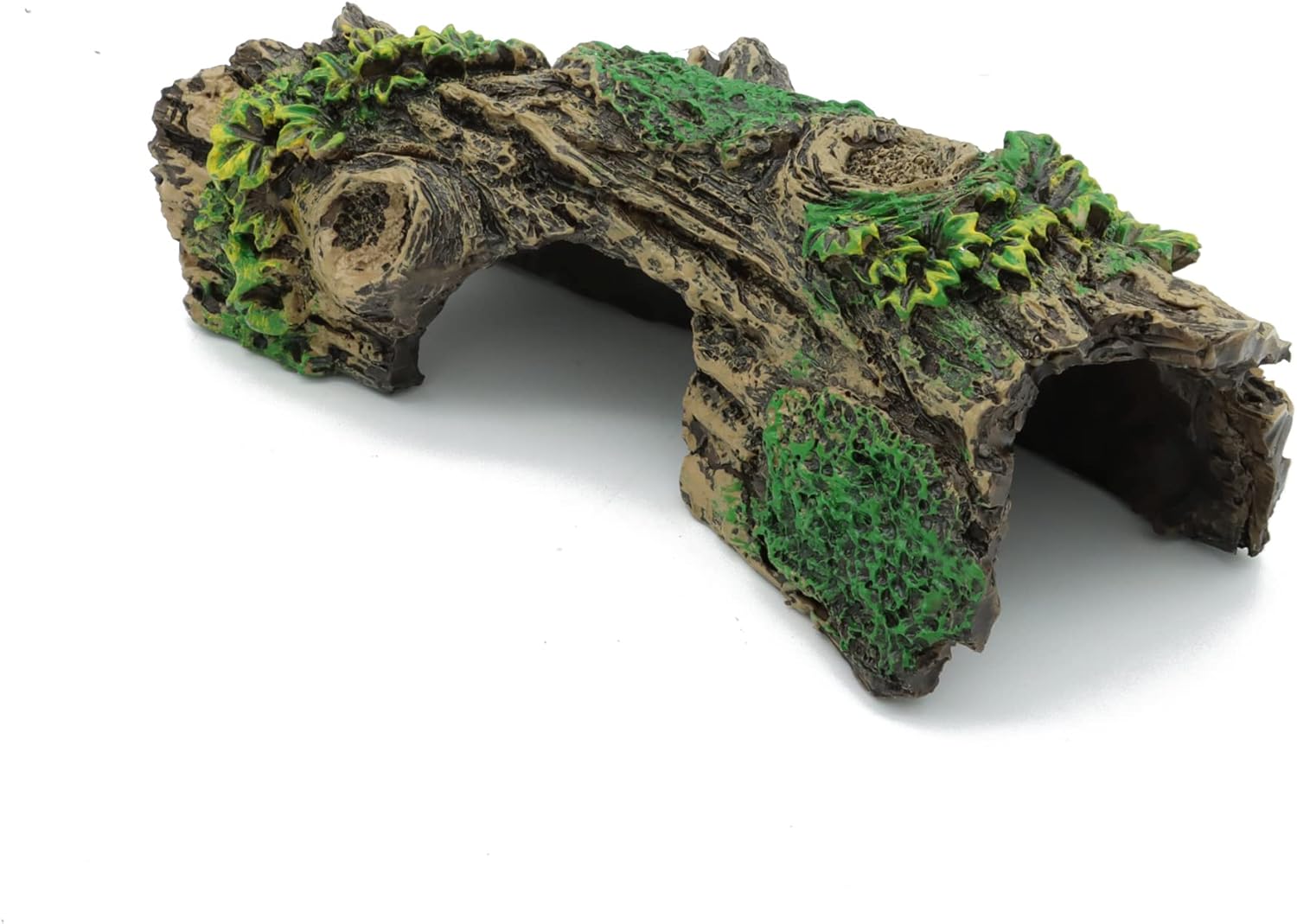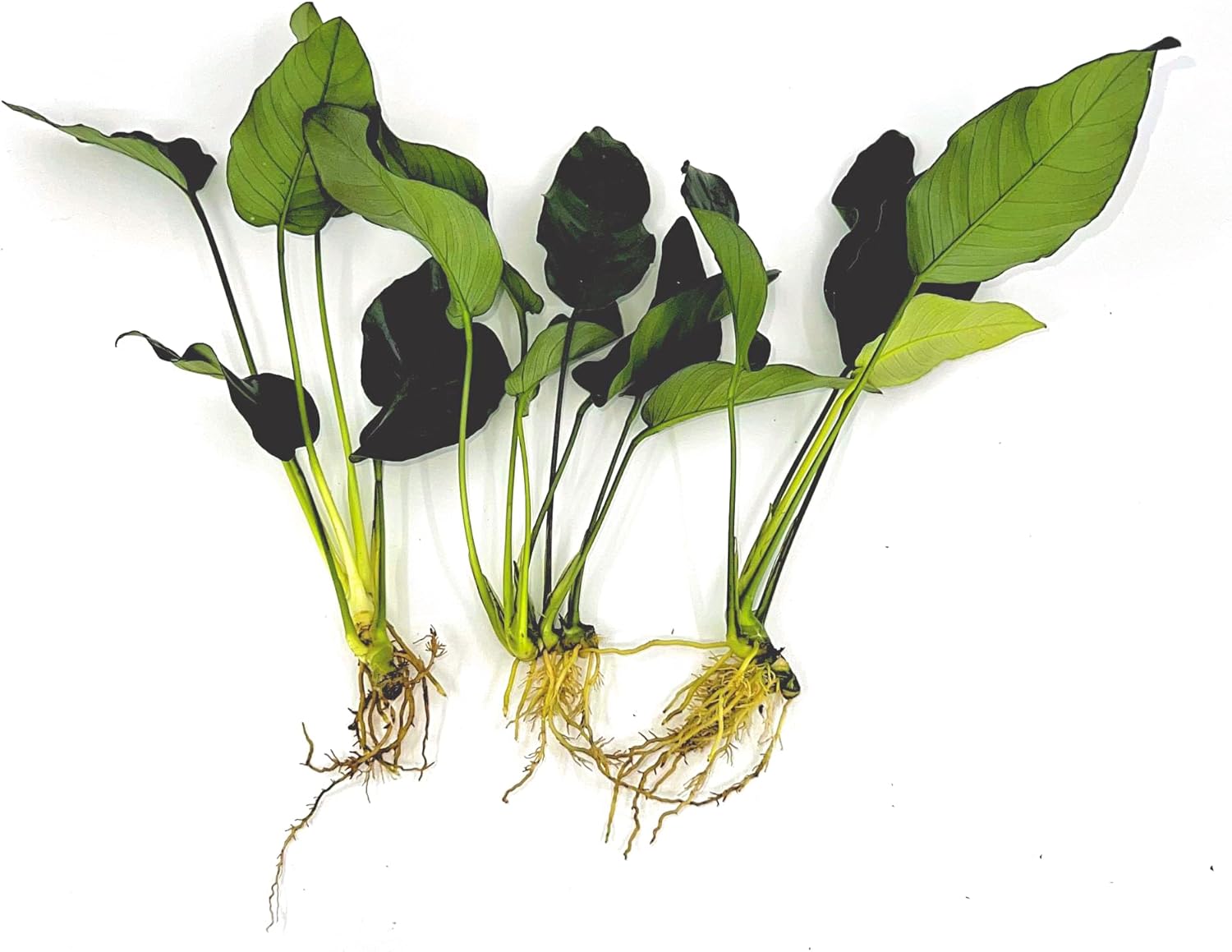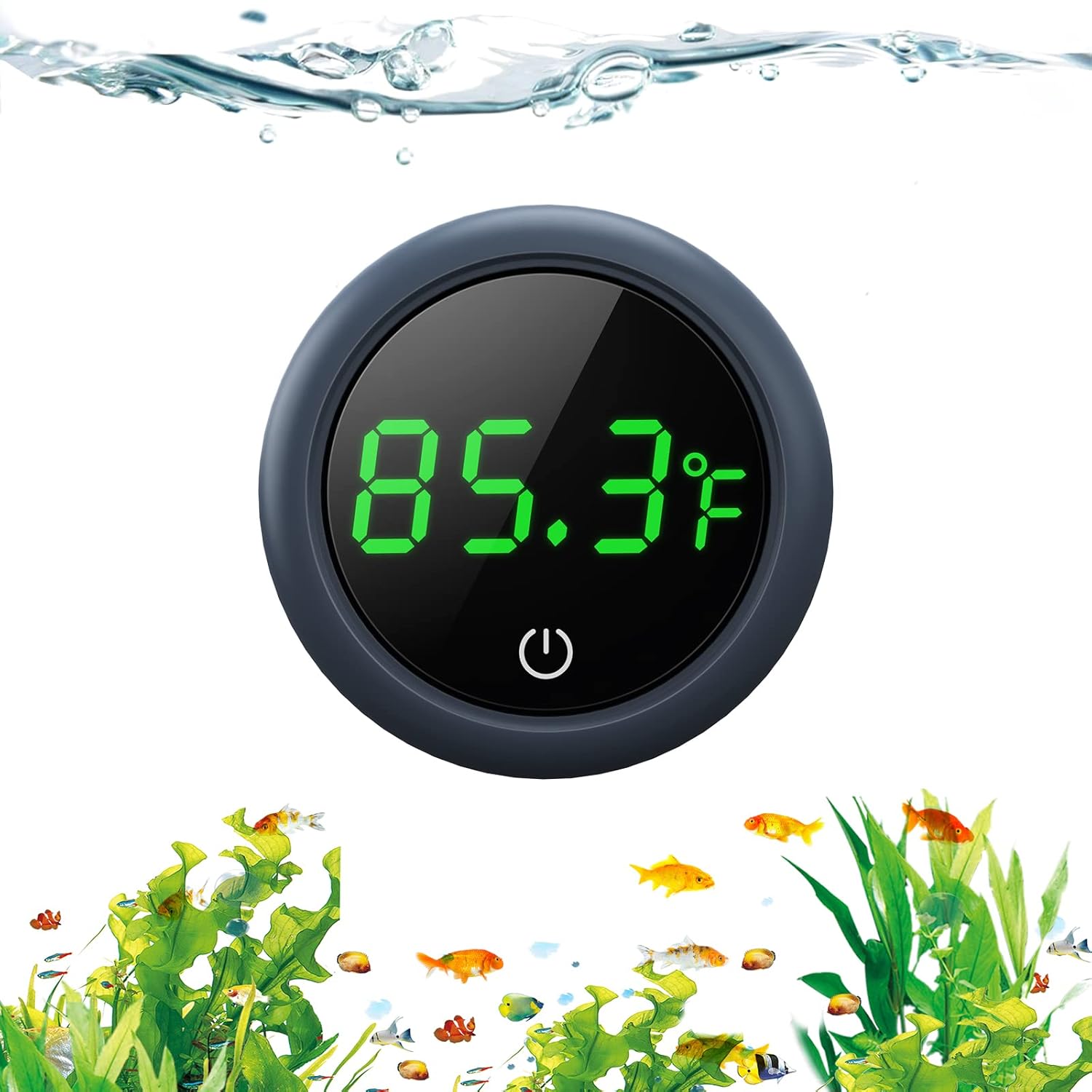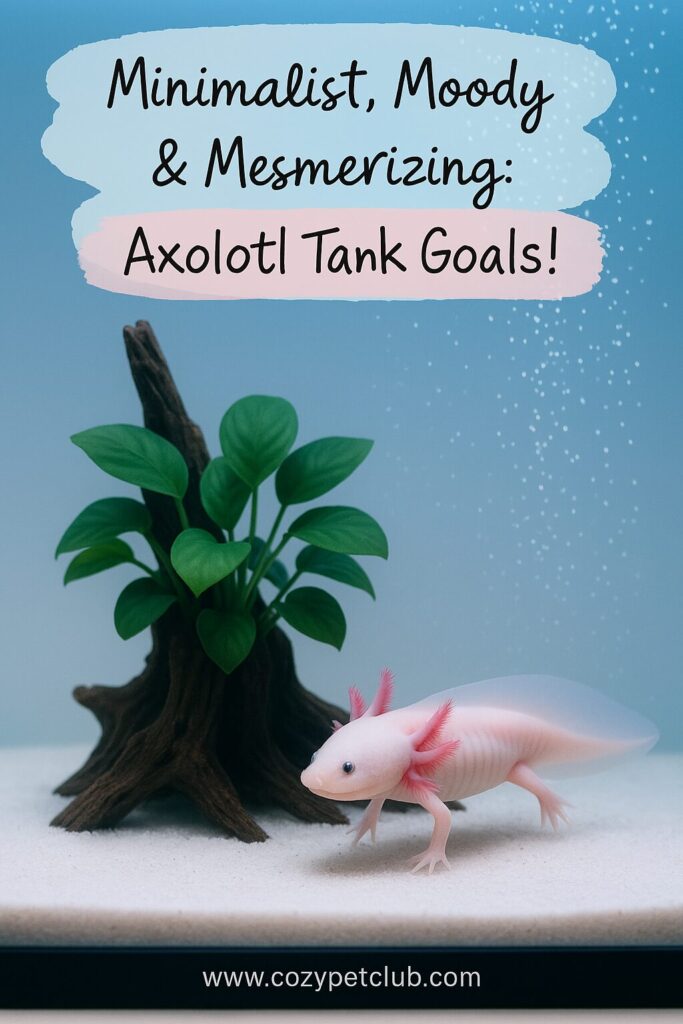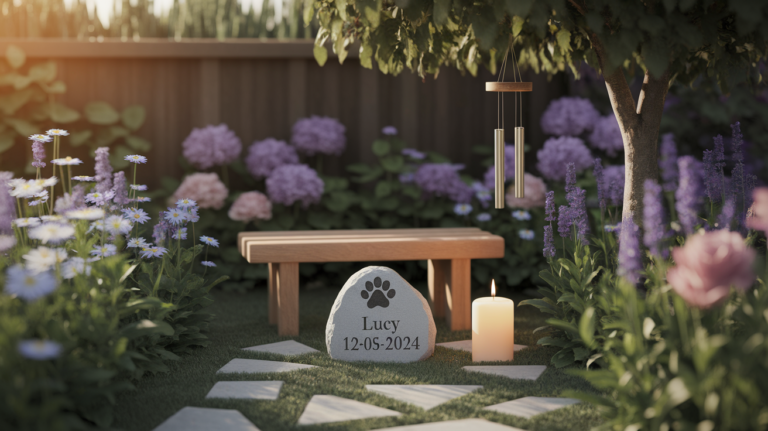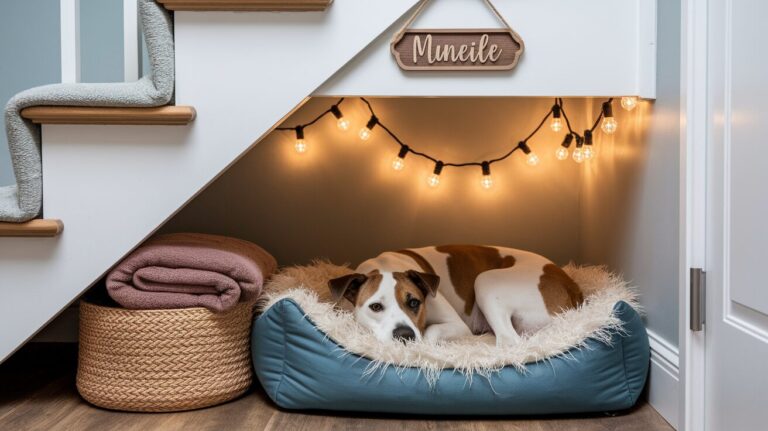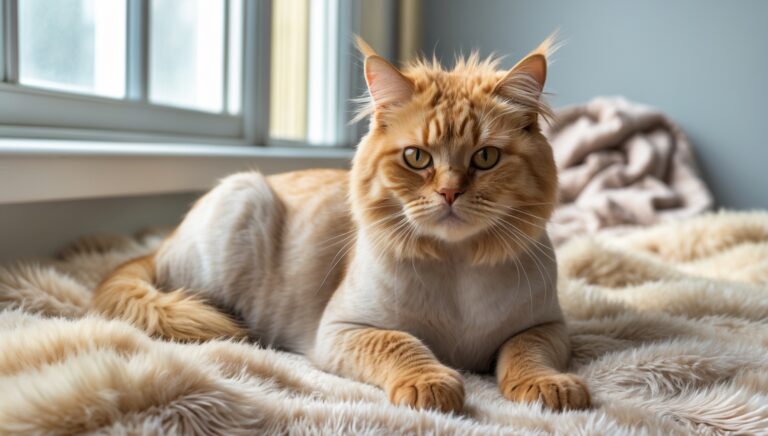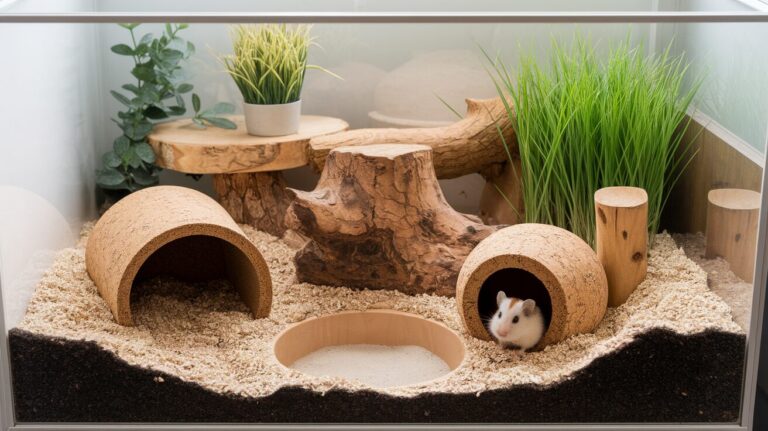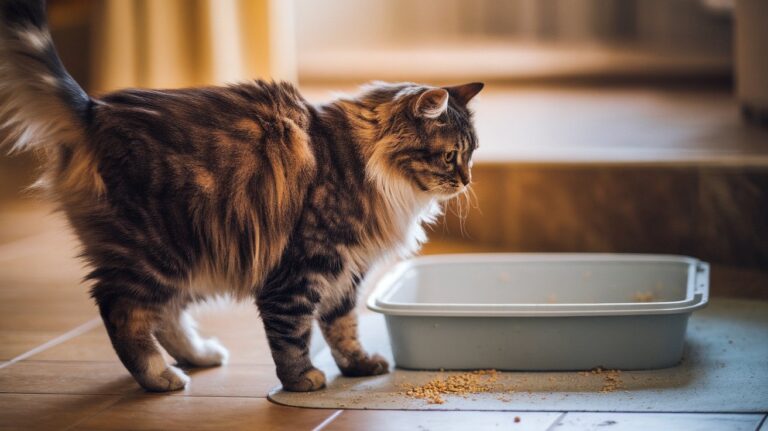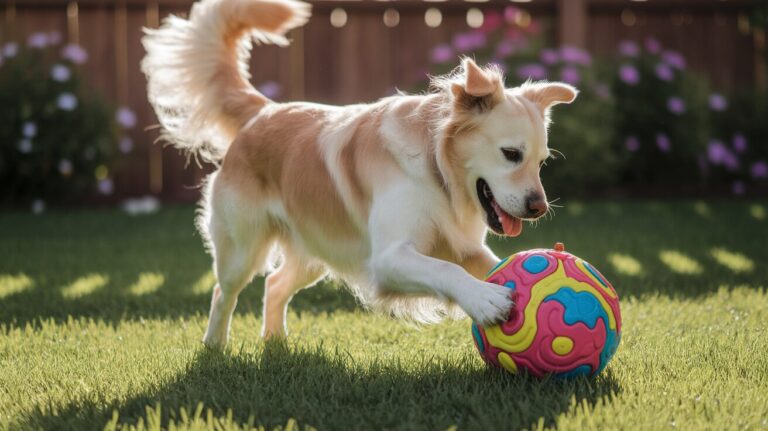How to Create an Aesthetic Axolotl Aquarium – A Step-by-Step Guide
I’ve always been fascinated by unique pets, and while I don’t have an axolotl myself, I’ve spent a lot of time researching what makes the perfect axolotl aquarium setup.
If you’re thinking about setting up a tank for one of these adorable amphibians, you probably want it to look great while also keeping your pet safe and happy.
Unlike regular fish tanks, an axolotl’s home needs low light, gentle filtration, and safe decorations to keep them stress-free.
In this guide, I’ll walk you through everything you need to know—from choosing the right tank size and decor to maintaining water conditions.
Whether you’re a beginner or upgrading your setup, this step-by-step approach will help you create an aesthetic and functional axolotl aquarium setup. Let’s dive in!
Choosing the Right Aquarium for an Axolotl
When I first looked into axolotl care, I was surprised by how much space they need. A well-planned axolotl aquarium setup ensures they have plenty of room to move and stay healthy.
- Go Big! A single axolotl needs at least a 29-gallon tank, but bigger is always better. More space means better water quality and a happier pet.
- Best Tank Shape: A long, low-profile tank is ideal since axolotls spend most of their time at the bottom.
- Tank Placement: Keep it away from direct sunlight to prevent overheating. These guys like cool water, so a shaded spot in your home is best.
Choosing the Best Substrate
I’ve read a lot about substrate choices, and it turns out some can actually be dangerous! Axolotls spend a lot of time walking along the bottom, so the right material matters.
- Bare Bottom: Easiest to clean and totally safe, but it can look a little plain.
- Fine Sand: A great option, but only if the grains are smaller than 1mm to avoid digestive issues.
- Slate Tiles: Stylish, slip-resistant, and easy to maintain. Plus, they give the tank a natural look!
Create a soft, natural environment for your axolotl with this premium sand substrate. A blend of sand and coconut fiber keeps the tank aesthetic and safe for your aquatic buddy.
Filtration and Water Flow
A proper axolotl aquarium setup requires gentle filtration, as axolotls aren’t fans of strong currents.
- Sponge Filters: A gentle and budget-friendly option, perfect for baby axolotls.
- Canister Filters: Great for bigger tanks, but you’ll need to adjust the flow to keep it gentle.
- Water Flow Tips: Use a spray bar or sponge baffle to slow things down and keep your axolotl stress-free.
Keeping the Water Cool and Clean
Axolotls thrive in cool, clean water, so temperature control is a must. A well-maintained axolotl aquarium setup ensures their environment remains stable and stress-free.
- Ideal Temperature: 60-68°F (15-20°C). Anything warmer can stress them out.
- Cooling Hacks: Aquarium fans, ice bottles, or even a chiller if you live somewhere hot.
- Water Chemistry Basics:
- pH: Keep it between 7.0 and 7.4.
- Ammonia & Nitrites: 0 ppm—anything higher is toxic!
- Nitrates: Keep under 20 ppm by doing regular water changes.
Lighting: Keeping It Soft and Natural
I found out that axolotls don’t have eyelids, so bright lights can be uncomfortable for them. A thoughtfully designed axolotl aquarium setup takes lighting into account.
- Best Lighting Choices:
- Dimmable LED lights are perfect.
- Floating plants (like Amazon Frogbit) help diffuse the light naturally.
- Lighting Schedule: Keep it to 8-10 hours a day to mimic a natural day/night cycle.
Decorating Your Axolotl Aquarium
Here’s where you can get creative! A well-decorated axolotl aquarium setup is not only beautiful but also provides hiding spots and enrichment.
- Safe Hiding Spots:
- Caves, PVC pipes, and driftwood work great!
- Aquascaping Ideas:
- Natural riverbed look: Stones, moss, and soft plants.
- Fantasy theme: Castles, tunnels, and glow-in-the-dark decor.
- Minimalist design: Clean lines, subtle plants, and soft lighting.
Give your axolotl a cozy and natural-looking hideaway with this resin tree trunk ornament. Perfect for creating a beautiful, aesthetic aquarium while providing a safe spot for your axolotl to rest and explore.
Choosing the Best Plants for Axolotl Tanks
Live plants help keep the water clean and provide natural shelter. A well-planned axolotl aquarium setup should include safe plant choices.
- Best Live Plants:
- Java Fern & Anubias: Super low maintenance and perfect for low-light tanks.
- Amazon Frogbit: Great for floating coverage, reduces glare.
- Best Artificial Plants: Silk plants are a safer option than plastic, which can cause scratches.
- Pro Tip: Attach plants to driftwood or rocks to keep them from floating around.
Transform your axolotl aquarium into a vibrant paradise with these easy-to-care-for Anubias plants. Perfect for creating a natural, aesthetic look while keeping your axolotl happy and relaxed.
Setting Up the Tank Before Adding Your Axolotl
One of the biggest mistakes new owners make is skipping the cycling process. A fully cycled axolotl aquarium setup is essential for keeping your pet healthy.
- How to Cycle a Tank:
- Use the fishless cycling method with an ammonia source.
- Test water parameters regularly with liquid test kits.
- The process takes 4-6 weeks, so be patient!
Keep your axolotl's tank at the perfect temperature with this accurate digital LED thermometer. Easy to read, reliable, and perfect for maintaining a safe, cozy environment.
Weekly Tank Maintenance
Keeping an axolotl’s home clean doesn’t have to be a chore!
- Water Changes: Replace 20-30% of the water weekly to keep everything balanced.
- Cleaning Routine:
- Use a siphon to remove waste from the substrate.
- Rinse filter sponges in tank water (never tap water!) to preserve good bacteria.
- Tank Checkups: Look for sharp edges on decorations and monitor plant growth.
Final Thoughts: Building the Perfect Axolotl Aquarium Setup
Creating a beautiful and functional axolotl aquarium setup is all about balance. You want it to look great, but your axolotl’s comfort and safety come first.
By following these steps, you’ll have a low-stress, eye-catching setup that both you and your pet will love.
Whether you prefer a natural aquascape, a fun themed setup, or a sleek minimalist design, the key is keeping the environment cool, stable, and enriched.
I don’t have an axolotl myself, but I’ve done a lot of research, and I love seeing the creative tanks people design.
Have you built your own axolotl aquarium setup? I’d love to hear about it! Drop your experiences in the comments below!
Master axolotl care with this comprehensive guide! Learn everything from setup to feeding, avoid common mistakes, and keep your axolotl thriving — perfect for both beginners and experienced owners.

